How to Clean a Litterbox
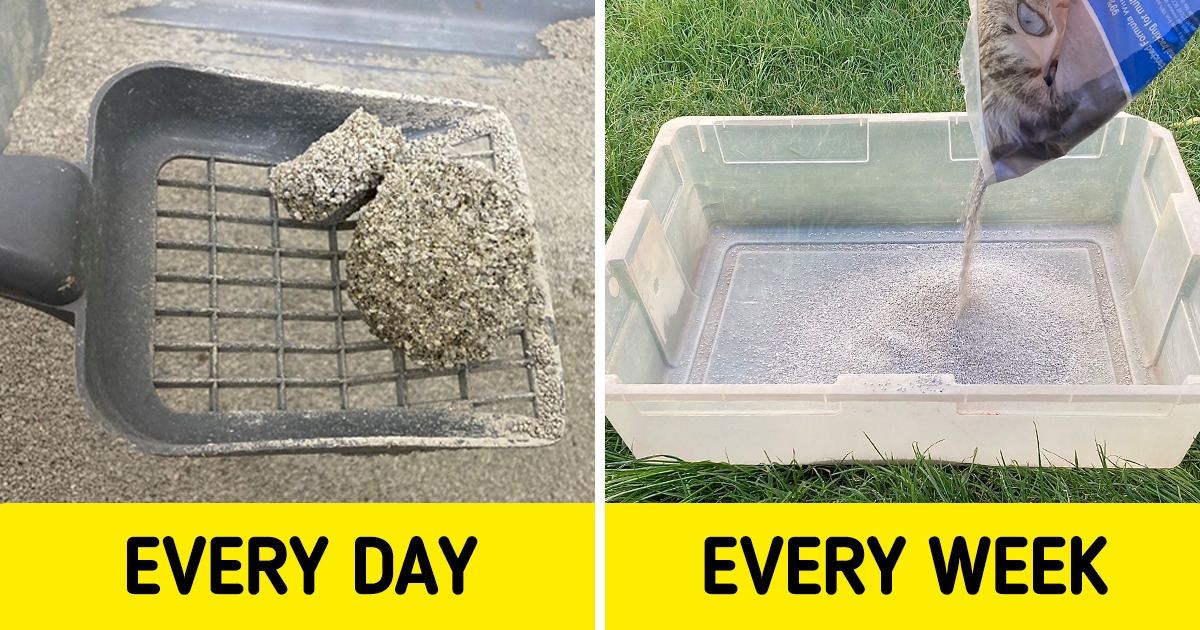
Cats are very clean animals that display an ingrained behavior to bury their waste, hence the importance of a litterbox. Having a dirty or unkempt litterbox is not only an unpleasant experience, but it can also be the cause of health problems for both you and your cat, which means that properly cleaning your cat’s litterbox is of paramount importance.
5-Minute Crafts has prepared this guide to help you understand how to keep your cat’s litterbox clean.
❗ Important: avoid cleaning your cat’s litterbox if you are pregnant or immunocompromised, as you are at risk of several complications stemming from toxoplasmosis, which you can contract from coming into contact with your cat’s waste. Wearing personal protective equipment while cleaning is recommended.
1. Scoop the litterbox at least once per day
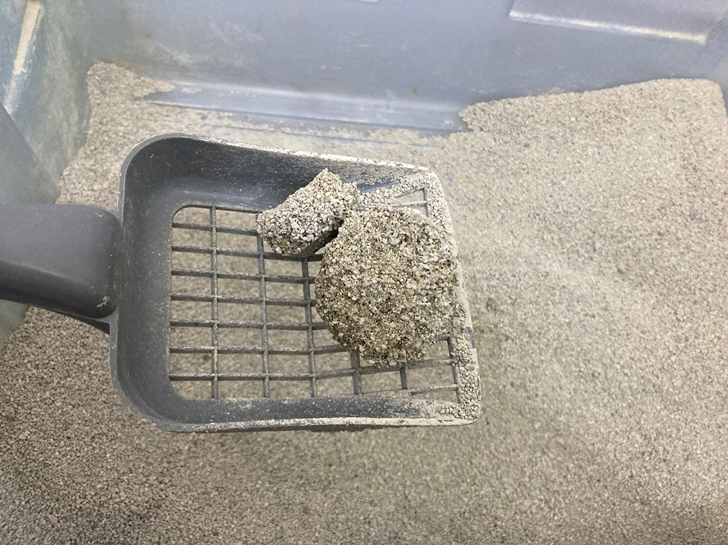
The most effective method for keeping your cat’s litterbox clean is to regularly scoop out the waste, as it prevents waste from building up. Doing it once per day is often recommended, though you should consider doing it twice per day if you have more than one cat. For better results, use a scoop either made out of thick plastic or aluminum, so you can clean it efficiently without having to worry about rust.
It is recommended that you scoop out the solids from the litterbox first. Then, to achieve a deeper clean, you should also tip the box over and tap on it to remove any hidden clumps, as well as using a wipe to clean its sides. After cleaning, replenish the litterbox with new litter.
2. Change the litter every week
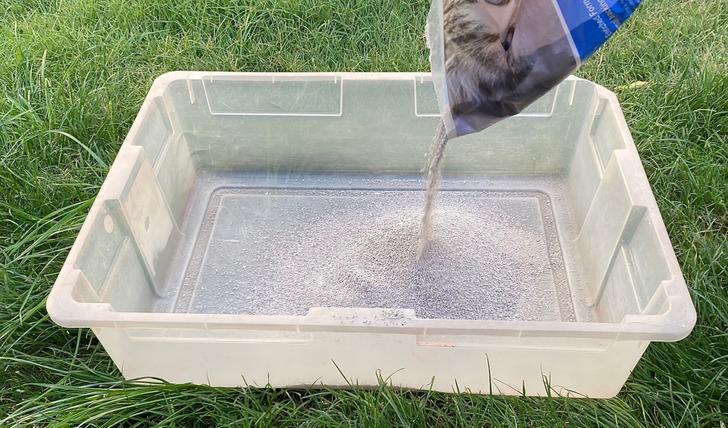
Frequently scooping works as a quick solution to have a clean, odorless litterbox, but that is not enough. In order to keep your litterbox properly clean, it is recommended that you also empty out all the contents of the litterbox once a week, replacing it with new litter. Pay attention and see if there is a lot of wet litter or if there is a smell coming from it that persists even after scooping—these are indicators that the litter should be changed.
When replenishing your litterbox, make sure that you add no more than two to three inches of litter, as your cat may not use the litterbox if you add more than that.
3. Wash your cat’s litterbox every month
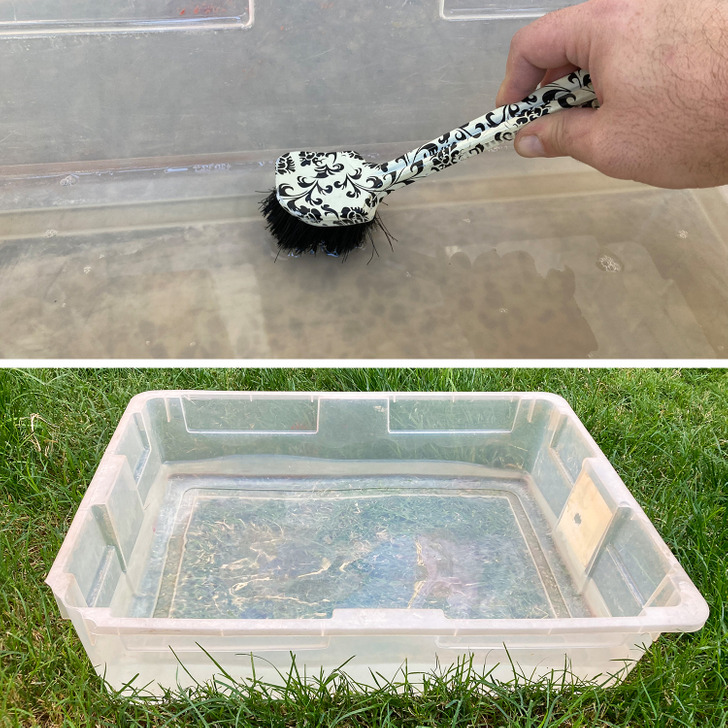
Emptying out the litterbox allows for a perfect opportunity to wash and clean the litterbox. The frequency with which you should do this will depend on how many cats you have and how diligent you are in scooping and changing the litter, but you should go no longer than a month without washing your cat’s litterbox.
While washing your cat’s litterbox, stay clear of harsh cleaning products that are citrus-centered or that contain bleach or ammonia; the smell of these products is unpleasant for cats, and it may deter them from using the litterbox. Instead, just stick to hot water and an unscented soap or detergent for soaking and scrubbing the litterbox. Additionally, other household items such as vinegar or baking soda can be used to help eliminate lingering unpleasant smells.
4. Replace the entire litterbox every year
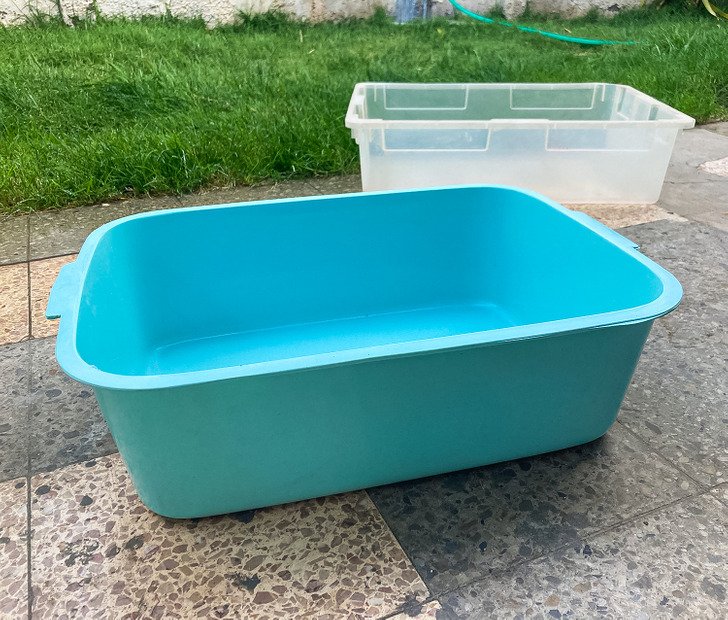
It doesn’t matter how rigorous you are, eventually the entire litterbox will have to be replaced. This happens because litterboxes are usually made of plastic and have a porous surface, which will break down with time and will start absorbing bacteria. Additionally, the plastic will also begin to retain smells that can be detected by your cat.
When picking out a new litterbox, look for one that is made of a sturdier plastic and that has straight corners. This way, you’ll have a good quality box that will be easier to clean.
Bonus: additional measures for an easier cleaning process
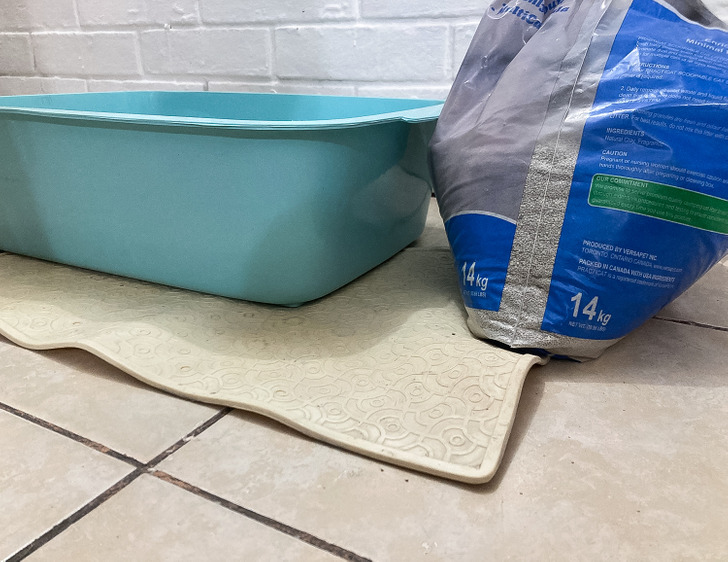
- Use clumping litter as your litter of choice, it is easier to clean.
- Put a mat under your cat’s litterbox, it will catch any pieces of litter that might remain on your cat’s paws.
- Use litterbox liners.
- Invest in a self-cleaning litterbox. Keep in mind that your cat might actually be scared of them.